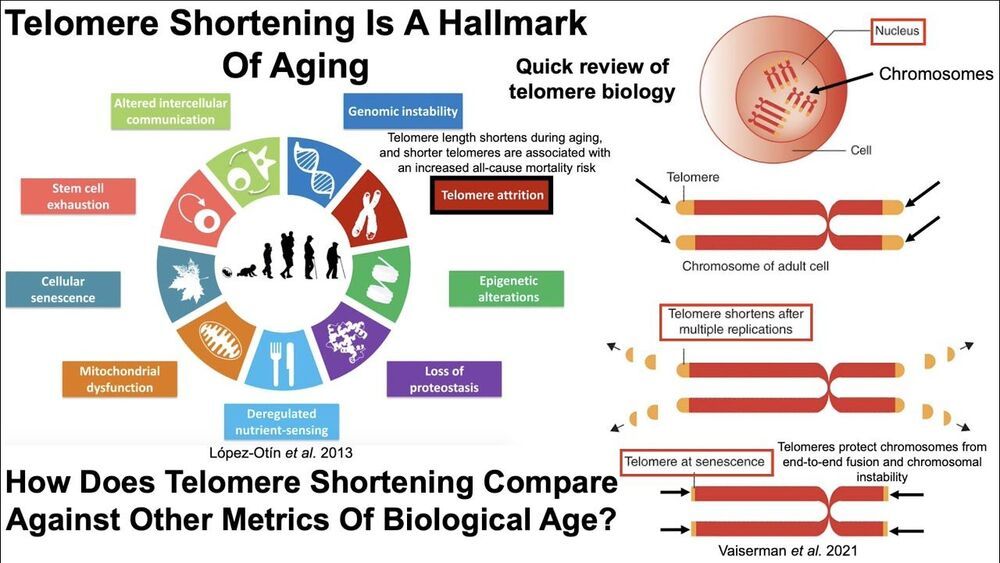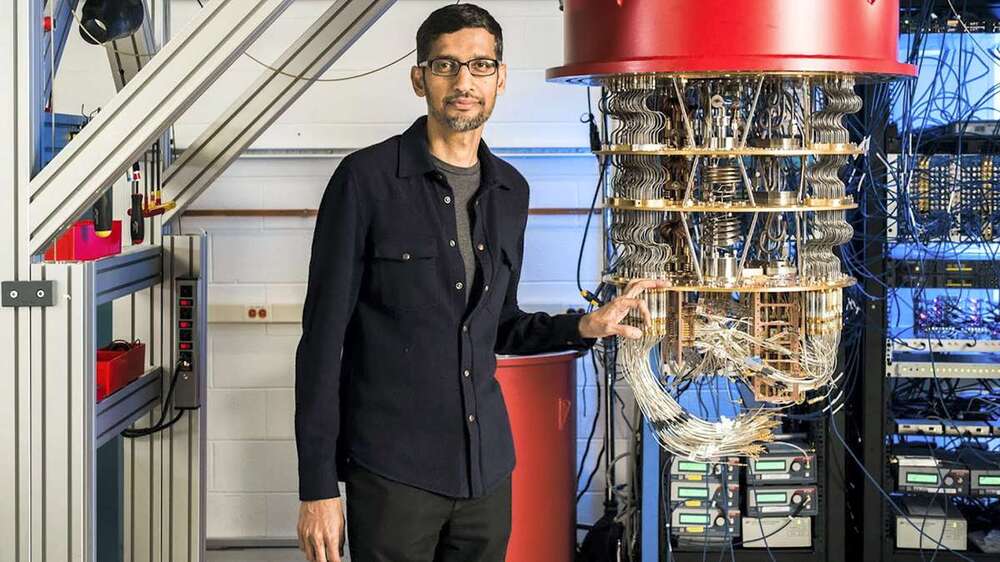Physicists at the LHCb Collaboration at CERN have found particles not behaving the way they should according to the guiding theory of particle physics. Could it be evidence of a brand new physics?
Plastics are one of the world’s largest polluters, taking hundreds of years to degrade in nature. A research team, led by YSE professor Yuan Yao and Liangbing Hu from the University of Maryland, has created a high-quality bioplastic from wood byproducts that they hope can solve one of the world’s most pressing environmental issues.
Efforts to shift from petrochemical plastics to renewable and biodegradable plastics have proven tricky — the production process can require toxic chemicals and is expensive, and the mechanical strength and water stability is often insufficient. But researchers have made a breakthrough, using wood byproducts, that shows promise for producing more durable and sustainable bioplastics.
A study published in Nature Sustainability, co-authored by Yuan Yao, assistant professor of industrial ecology and sustainable systems at Yale School of the Environment (YSE), outlines the process of deconstructing the porous matrix of natural wood into a slurry. The researchers say the resulting material shows a high mechanical strength, stability when holding liquids, and UV-light resistance. It can also be recycled or safely biodegraded in the natural environment, and has a lower life-cycle environmental impact when compared with petroleum-based plastics and other biodegradable plastics.
Here’s my latest video!
Papers referenced in the video:
The Hallmarks of Aging: https://www.ncbi.nlm.nih.gov/pmc/articles/PMC3836174/
Telomere Length as a Marker of Biological Age: State-of-the-Art, Open Issues, and Future Perspectives: https://www.ncbi.nlm.nih.gov/pmc/articles/PMC7859450/
Telomeres and the natural lifespan limit in humans: https://www.ncbi.nlm.nih.gov/pmc/articles/PMC5425118/
Protein Transport in Peroxisome
Posted in futurism
Protein Transport in Peroxisomes.
#peroxisomes #protein Transport
His Video Explains Cellular Compartmentation And Protein Sorting (Protein Transport in Peroxisome)
Thank You For Watching.
Please Like And Subscribe to Our Channel: https://www.youtube.com/EasyPeasyLearning.
Like Our Facebook Page: https://www.facebook.com/learningeasypeasy/
Join Our Facebook Group: https://www.facebook.com/groups/460057834950033
Support Our Channel: https://www.patreon.com/supereasypeasy
Making air taxis a reality
Posted in transportation
Joby Avaiation could be the first to make air taxis a reality. The company is one of the most experienced companies trying to bring urban air taxis to the mainstream. Here’s the first look at its eVTOL. https://cnet.co/2Qp0YcV
As a future Mars tourist attraction, Olympus Mons is unlike anything else in the solar system.
Amid population growth and a changing climate, we meet the food producers doing more with less.
Check out VICE News for more: http://vicenews.com.
Follow VICE News here:
Facebook: https://www.facebook.com/vicenews.
Twitter: https://twitter.com/vicenews.
Tumblr: http://vicenews.tumblr.com/
Instagram: http://instagram.com/vicenews.
More videos from the VICE network: https://www.fb.com/vicevideo.
#VICENews #News
A new Covid-19 variant from the Amazon is now responsible for the majority of new infections in Brazil, with many doctors there saying they are seeing more young and otherwise healthy patients falling ill. Hopefully Covid doesnt bounce back and turn into the 1918 flu.
“We’re in the trenches here, fighting a war,” said Andréia Cruz, a 42-year-old emergency-ward nurse in the southern Brazilian city of Porto Alegre. In the past three weeks alone, the surrounding state of Rio Grande do Sul has seen nearly 5000 people die from Covid-19, more than in the final three months of last year.
The spread of the virus in Brazil threatens to turn this country of 213 million into a global public-health hazard. The so-called P.1 strain, present in more than 20 countries and identified in New York last week, is up to 2.2 times more contagious and as much as 61% more able to reinfect people than previous versions of the coronavirus, according to a recent study.
The P.1 is now responsible for the majority of new infections in Brazil, with many doctors here saying they are seeing more young and otherwise healthy patients falling ill. About 30% of people dying from Covid-19 are now under 60, compared with an average of about 26% during Brazil’s previous peak between June and August, according to official figures analyzed by The Wall Street Journal.
Once particularly useful future application, according to Harvard Business Review, will be the potential development of new drugs, a task it is “uniquely suited for” because it would operate on the same laws of quantum physics as the molecules it is simulating.
And so, Abu Dhabi has joined the community of nations endeavouring to accomplish this next step in human history.
The Advanced Technology Research Council is building the computer at its Quantum Research Centre labs in Abu Dhabi, in collaboration with Barcelona-based Qilimanjaro Quantum Tech.
Technology like sensors built into infrastructure and emergency alerts has possible benefits, but in a new study dozens of experts weigh in on where some of the more significant pitfalls may lie.









